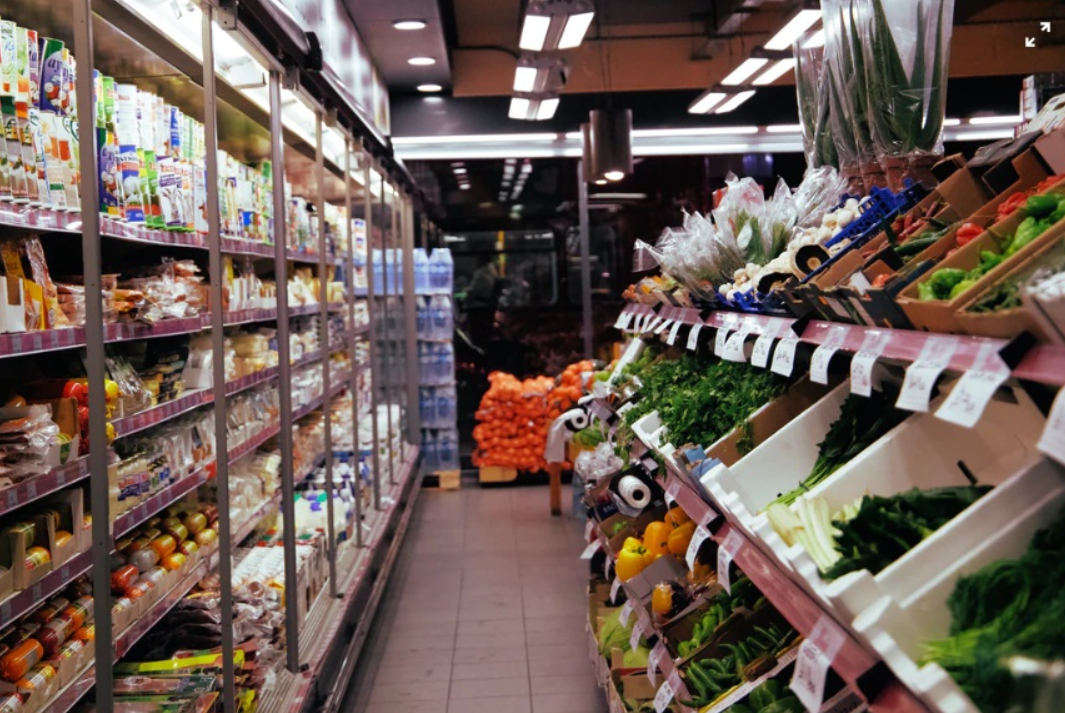Fot

In this particular case we are going to stop a bit in the online and physical trade, its boom and growth along with technology.
Maintaining the competitive advantage is one of the most challenging tasks of all managers or business owners, analyze all the edges of the market and not succumb to a bad decision or a giant that monopolizes the market are some of the challenges to be faced every day.
During the recent Wharton Trade Conference entitled "E-Commerce", one of its panelists talked about the resources of the mobile environment, social networks and measurement tools that play a very important role in the present and future of commerce.
According to Dave Larkins, vice president of NetPlus Marketing at Conshohocken in Pennsylvania, and one of the creators of The Colony e-shop, "mobility will be a key element of commerce, especially for online shopping. Mobile technology has not reached its full potential and its continuous evolution makes it suitable for commerce with better ways to address the customer in a personalized way, depending on where they live or make their purchases regularly, offers and direct promotions on products of interest. For example, geographically-specific social networks, such as Foursquare, which simply ask users to share their business preferences with friends, are considered another way for brands to enter communities, he added.
The consumer was adapted to expect that added value provided by the brand online, that creativity and integration with which it provides the precise product information they need in the different media they frequent, clarifying doubts instantly and seeing first-hand experience with reviews from other users, in addition to different payment mechanisms or the ease of payment at a single click.
The physical stores or retailers in the face of this boom cannot be left behind and an alternative is being prepared and adjusted for this type of physical stores with a great technological and innovative commitment when it comes to making purchases. The objective is to automate the stores, to establish stores without cashiers or annoying lines at the time of paying for items purchased, where the comfort, practicality and good name of customers when shopping is the priority.
Several companies in Europe, Asia and America specialized in process automation by means of Machine Learning and Artificial Intelligence, have been making strong commercial alliances to develop this type of technology.
One of the first deliveries of this technology was made in San Francisco, where in an area of no less than 500 square meters one of these stores, formed with various items of the family basket, distributing 27 cameras along the ceiling related to a software fed with a large amount of behavioral data.
Users or buyers would only have to download and install a mobile application where they would register, no more strange than filling in personal data and a payment record. The store does not have checks at the entrance or exit, the cameras will be in charge of identifying the buyer, the items he takes, the ones he browses and the ones he carries with him and his account will be automatically debited when the buyers leave the store. The cameras record the movements, speed, stride and look of the buyers, the store knows when I look at a poster and for how long, it knows if I slow down, grabbed a chocolate bar and put it back, it knows if it is in front of the cereals, but the face is on the popcorn, in short all this information can lead to predict and prevent a robbery in the stores. Once the system decides that it has detected a possible theft behavior, a store employee will receive a text message and be led into "polite conversation or persuasion.
Walmart, the world's largest retailer, 120 of the 4,700 U.S. stores, shoppers can also scan items, including fruits and vegetables, using the camera on their smart phones and pay for them using the devices. When customers check out, an employee verifies their receipts and performs a "spot check" on the items they purchased.
Self-payment points have been common in supermarkets and other shops.
Sensors and predictive analysis tools to better anticipate when more cashiers will be needed
Sensors on the shelves help automatically count the cookies, chips and soft drinks that shoppers take out and put in their bags.
Shoppers scan a code on their phones to enter and, once inside, scan the items they wish to purchase. The store opens the exit door after they have paid through their phones.
On the other hand, one might think that growth in technology without ATMs could hurt the workforce; for example, there are nearly five million retail workers in the United States. But because this technology is designed, the main thing is not to look to store owners to replace workers. The aim is to change their role, to empower those functions, their workers could wander more around the stores, adding quality to the customer experience in the hope of attracting them back to retail. Technology and these breakthroughs are calling us to implement new services, making shopping more fun, innovative, and worthwhile offline.
These companies seek to put technology at the service of retailers to compete with the industry giants. One of them, AiFi, is working on cashless payment technology that it says will be flexible and affordable enough for family or smaller retailers and large retail outlets to use. In the United States, venture capitalists have invested $100 million in retail automation start-ups in each of the past two years, up from $64 million in 2015, according to Pitchbook, a financial data company.
"There's a gold fever feeling about this," said Alan O'Herlihy, CEO of Everseen, an Irish company that works with retailers on automated payment technology that uses artificial intelligence.







